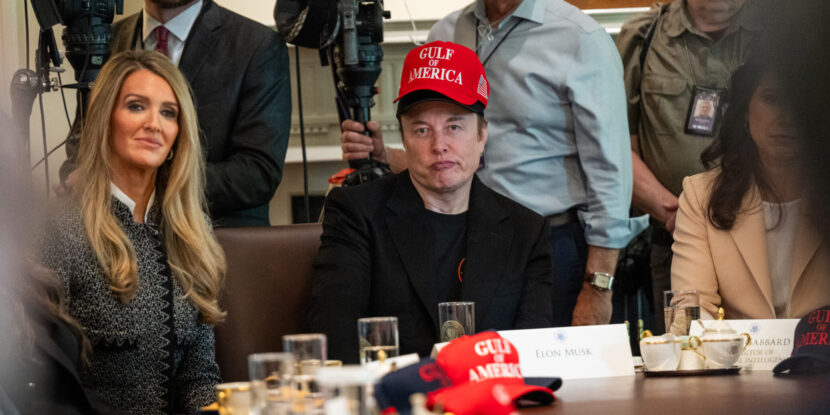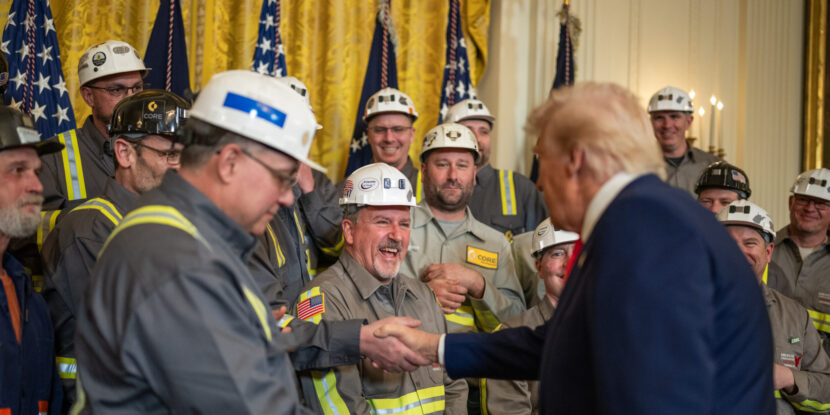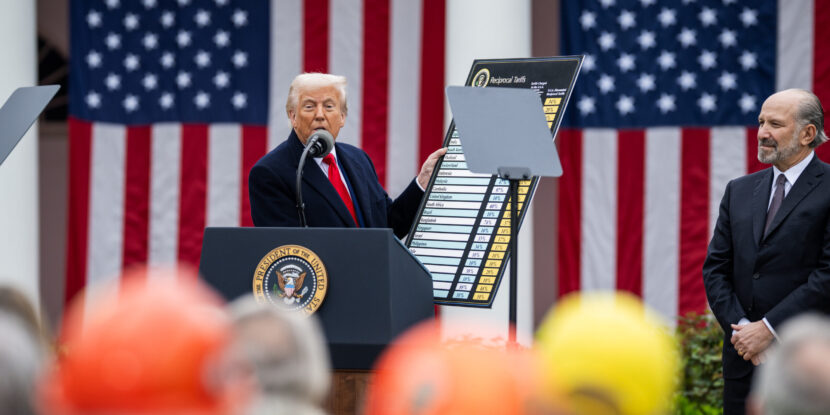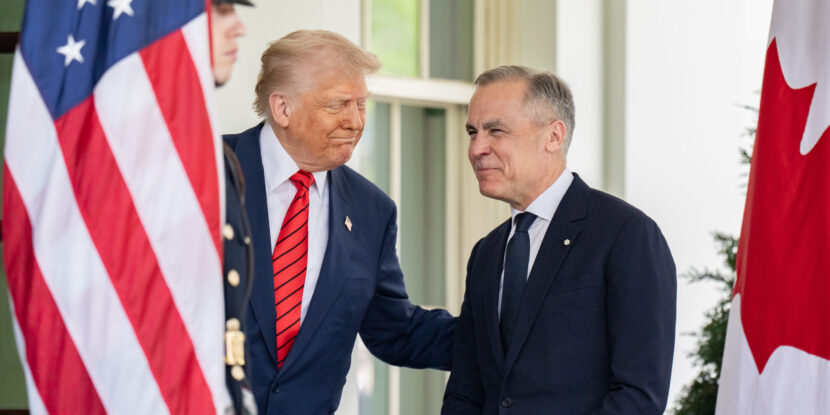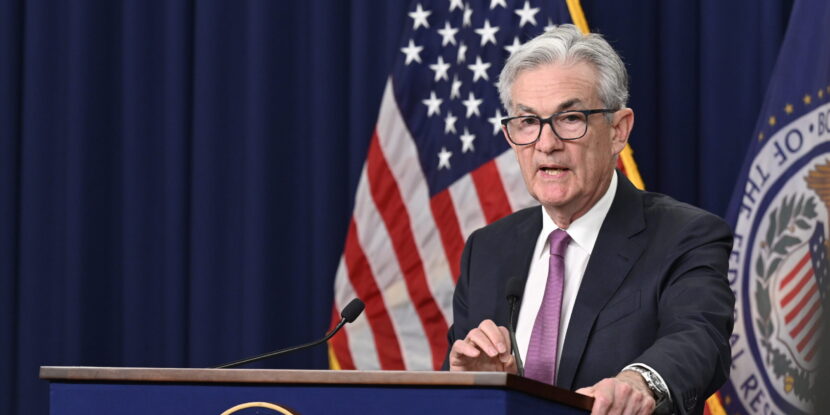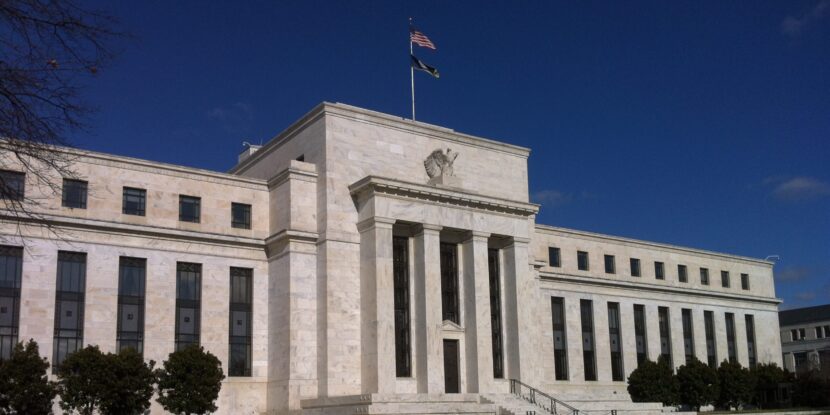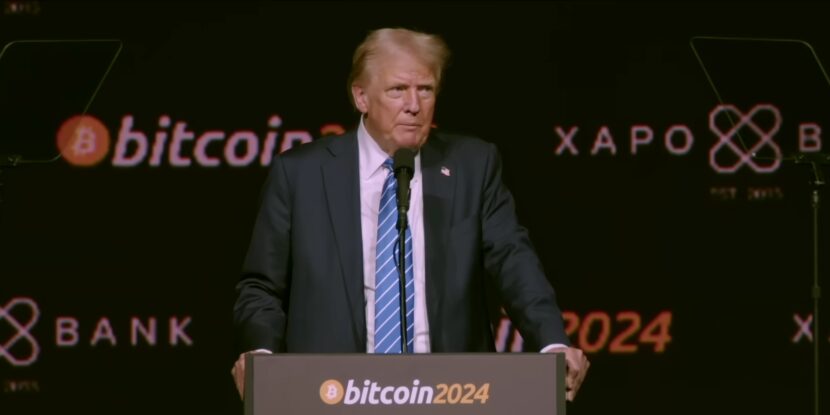❓WHAT HAPPENED: Tesla’s stock price dropped seven percent after Elon Musk announced the formation of a new political party, the “America Party.”
👤WHO WAS INVOLVED: Elon Musk, President Donald J. Trump, and Tesla investors.
📍WHEN & WHERE: Announcement made over the weekend of July 4; stock slump occurred during Monday morning trading.
💬KEY QUOTE: “Today, the America Party is formed to give you back your freedom.” – Elon Musk
🎯IMPACT: Tesla’s stock decline and potential investor concerns over Musk’s political involvement.
Tesla’s stock price fell seven percent to $293 per share in morning trading on Monday, following Elon Musk‘s announcement over the weekend that he has formed a new political party named the “America Party.” The announcement came after Musk’s public split with President Donald J. Trump over the recently signed “One Big Beautiful Bill,” which increases immigration enforcement and cuts taxes for workers.
Musk, in a July 5 post on X, stated: “Today, the America Party is formed to give you back your freedom.” He also hinted that his party would focus on influencing a small number of key Senate and House races. President Trump responded on Truth Social, calling Musk a “TRAIN WRECK” and accusing him of going “completely off the rails.” Musk has not yet disclosed specific steps taken to formalize the party, a process that would involve navigating state and federal regulations.
The announcement has raised concerns among Tesla investors. Notably, James Fishback, a former top Department of Government Efficiency (DOGE) staffer and technology investor, announced his firm would be pulling its support for Musk and Tesla, citing the billionaire’s political aspirations as potentially hurting Tesla’s business prospects. “Elon left us with no other choice,” Fishback said over the weekend.
Tesla was already facing significant market challenges, with sales of its electric vehicles dropping more than 13 percent from April to June compared to the same period last year. In Europe, sales fell by nearly 50 percent in April, even as the overall electric vehicle market grew.
Join Pulse+ to comment below, and receive exclusive e-mail analyses.
